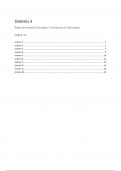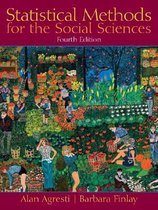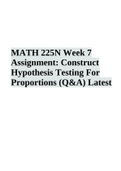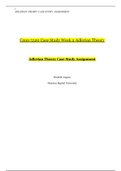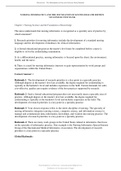Summary
Statistics summary from lecture slides, based mostly on the book of Agresti
- Module
- Institution
- Book
A summary containing the slides based on the material: M&M CH14 M&M CH12.2 (contrasts) CH11 sections 1, 2, 3, 4, 5, 6, 7 CH12 section 1, 2, 3, 4, 5 CH13 sections 1, 2, 4 (Not ‘Multiple comparisons of adjusted means’) CH14 sections 1, 2, 3 CH15 sections 1, 2, 3
[Show more]
